
Ethereum (ETH)
Ethereum is the largest altcoin and the second-largest cryptocurrency by market capitalization. It is a decentralized blockchain that enables the programmability of smart contracts, making it the first choice of most developers and enterprises. Ethereum is the world’s dominant blockchain in terms of the size of its associated ecosystem of decentralized applications (dApps), decentralized finance (DeFi), and non-fungible tokens (NFTs). It is also a great asset for investment, with a ton of cool features and plans for the future[1].
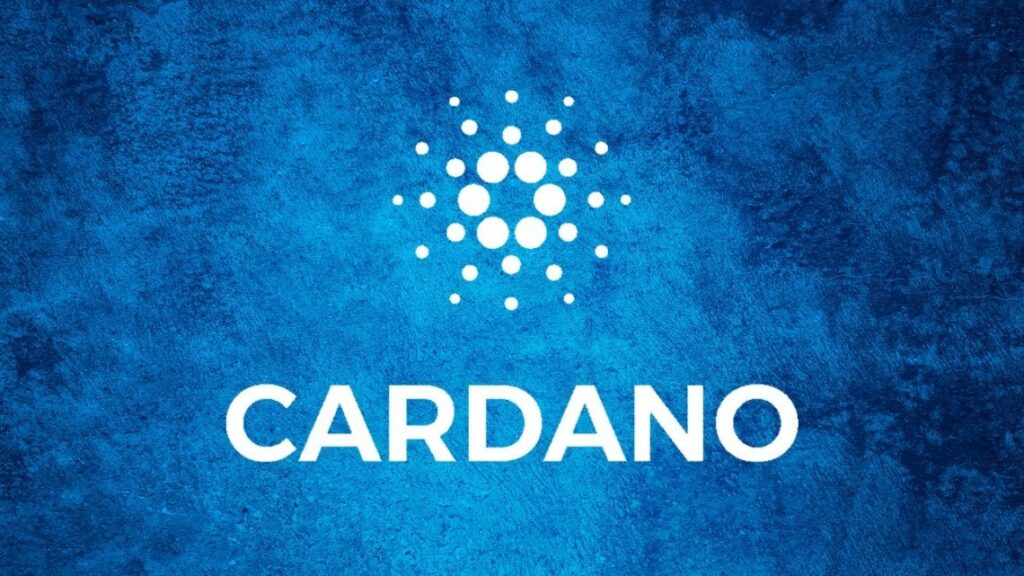
Cardano (ADA)
Cardano is a proof-of-stake blockchain platform that aims to be the world’s financial operating system by establishing decentralized financial products. It is designed to be a more secure, scalable, and flexible blockchain than its competitors. Cardano’s unique feature is its layered architecture, which separates the accounting layer from the computational layer, allowing for more efficient and secure transactions.
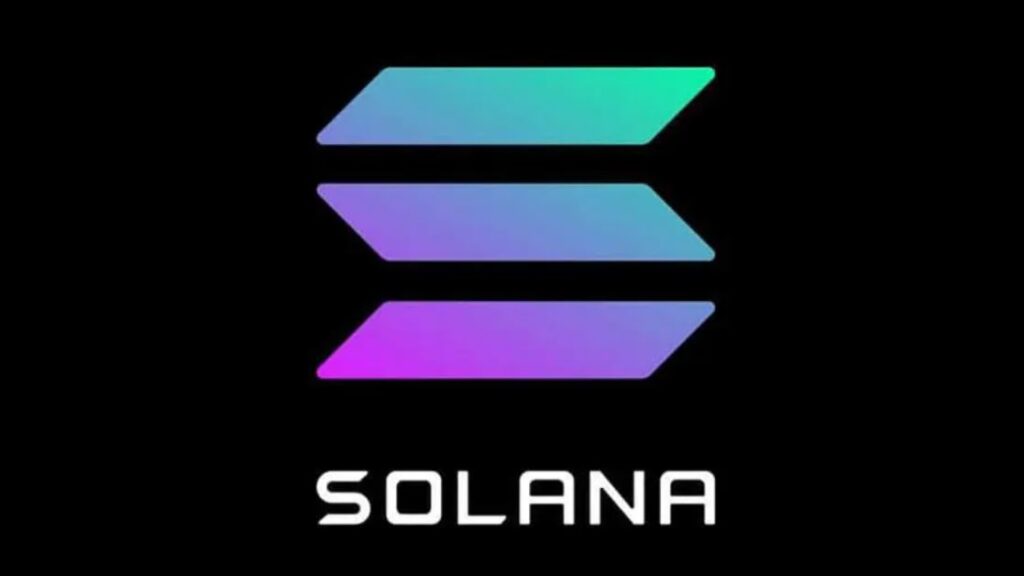
Solana (SOL)
Solana is a high-performance blockchain that can process over 65,000 transactions per second, making it one of the fastest blockchains in the world. Solana’s unique feature is its proof-of-history consensus algorithm, which allows for faster and more secure transactions. Solana is also designed to be scalable, allowing for the creation of decentralized applications (dApps) with high throughput and low latency.
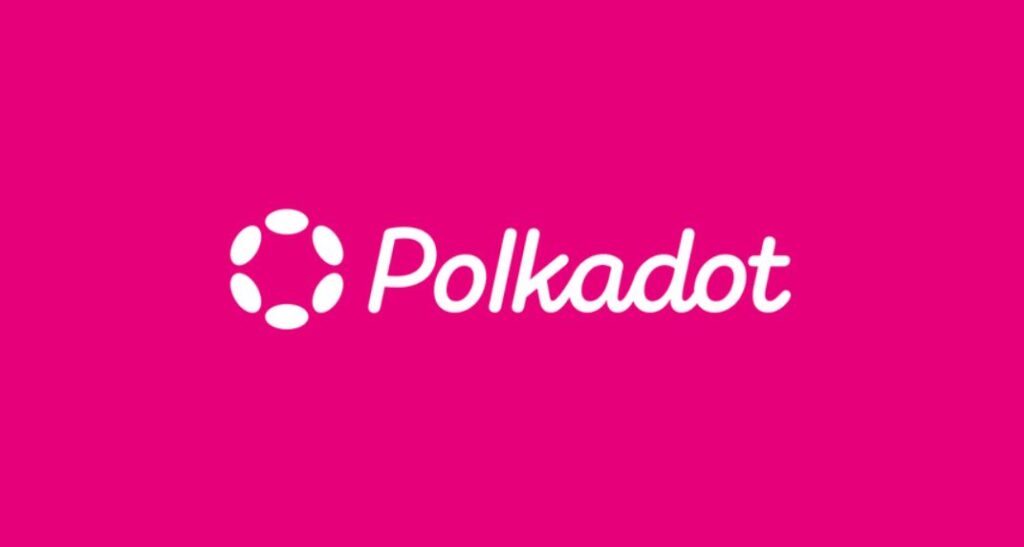
Polkadot (DOT)
Polkadot is a decentralized blockchain platform that enables interoperability between different blockchains. Polkadot’s unique feature is its multi-chain architecture, which allows for the creation of parallel chains that can communicate with each other. This enables the transfer of value and data between different blockchains, making it easier to build decentralized applications (dApps) that can interact with multiple blockchains.
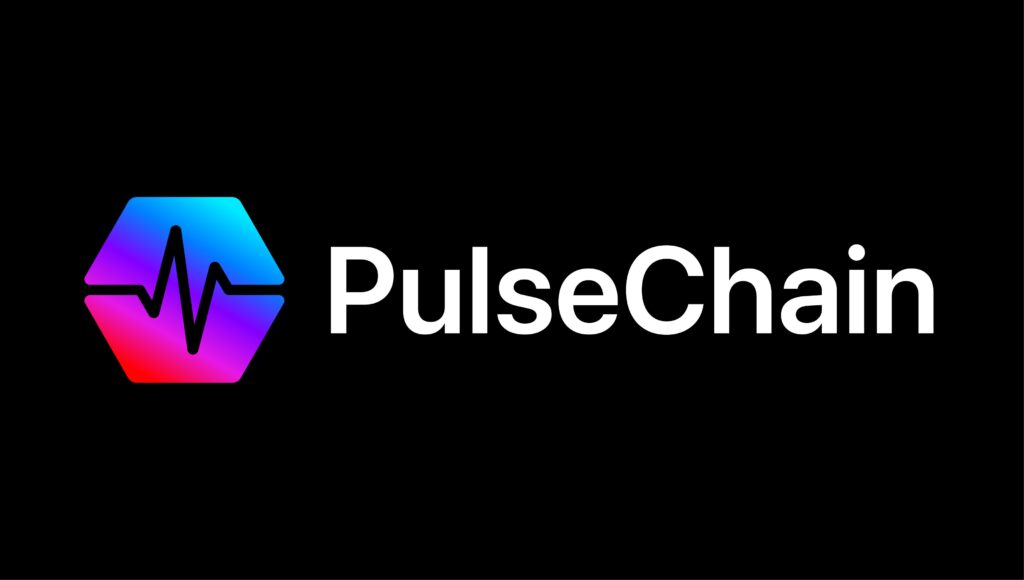
Pulsechain (PLS)
Pulsechain is a new blockchain platform that aims to be the most energy-efficient blockchain in the world. Pulsechain’s unique feature is its proof-of-stake consensus algorithm, which requires less energy than proof-of-work consensus algorithms. Pulsechain also has a built-in decentralized exchange (DEX) that allows for the trading of various cryptocurrencies. Pulsechain is still in its early stages, but it has the potential to become a major player in the blockchain space.
In conclusion, these five blockchains are some of the most innovative in the world, each with its unique features and capabilities. Whether you are a developer, investor, or user, these blockchains offer a wide range of opportunities for building and using decentralized applications (dApps), decentralized finance (DeFi), and non-fungible tokens (NFTs).
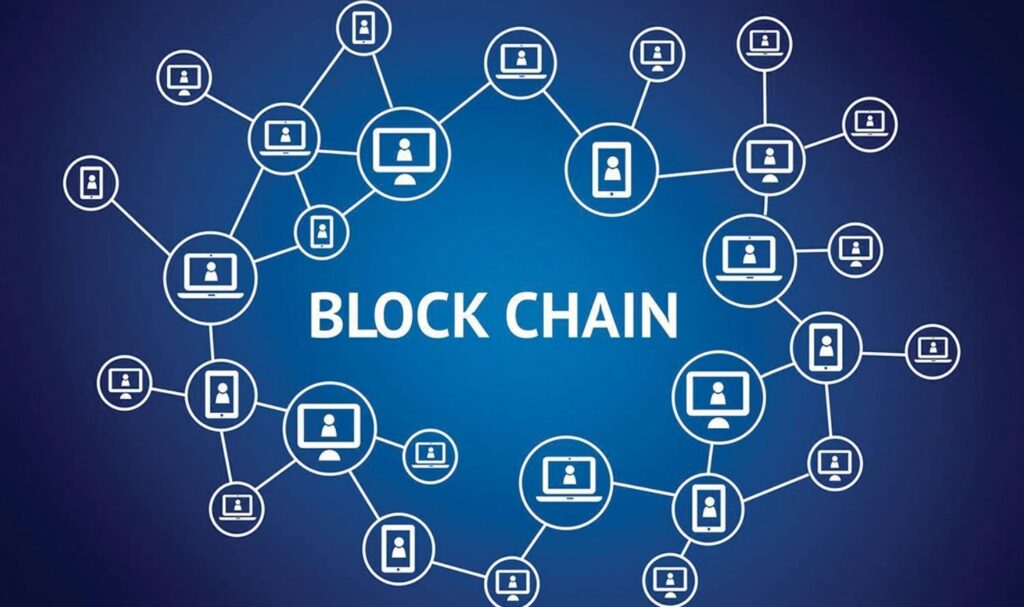
Citations:
[1] https://www.btcc.com/en-US/academy/research-analysis/ethereum-price-prediction-2025-2030-should-you-buy-eth-now
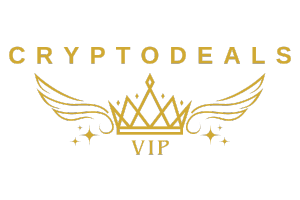
 Bitcoin
Bitcoin  Ethereum
Ethereum  Tether
Tether  XRP
XRP  USDC
USDC  Solana
Solana  Dogecoin
Dogecoin  Cardano
Cardano  TRON
TRON  Lido Staked Ether
Lido Staked Ether  Wrapped Bitcoin
Wrapped Bitcoin  Toncoin
Toncoin  LEO Token
LEO Token  USDS
USDS  Chainlink
Chainlink  Stellar
Stellar  Wrapped stETH
Wrapped stETH  Avalanche
Avalanche  Sui
Sui  Shiba Inu
Shiba Inu  Hedera
Hedera  Litecoin
Litecoin  MANTRA
MANTRA  Polkadot
Polkadot  Bitcoin Cash
Bitcoin Cash  Bitget Token
Bitget Token  Ethena USDe
Ethena USDe  Binance Bridged USDT (BNB Smart Chain)
Binance Bridged USDT (BNB Smart Chain)  WETH
WETH  Wrapped eETH
Wrapped eETH  WhiteBIT Coin
WhiteBIT Coin  Pi Network
Pi Network  Monero
Monero  Hyperliquid
Hyperliquid  Uniswap
Uniswap  Dai
Dai  Aptos
Aptos  sUSDS
sUSDS  NEAR Protocol
NEAR Protocol  OKB
OKB  Pepe
Pepe  Coinbase Wrapped BTC
Coinbase Wrapped BTC  Tokenize Xchange
Tokenize Xchange  Gate
Gate  Cronos
Cronos  Mantle
Mantle  Ondo
Ondo  Internet Computer
Internet Computer  Ethereum Classic
Ethereum Classic